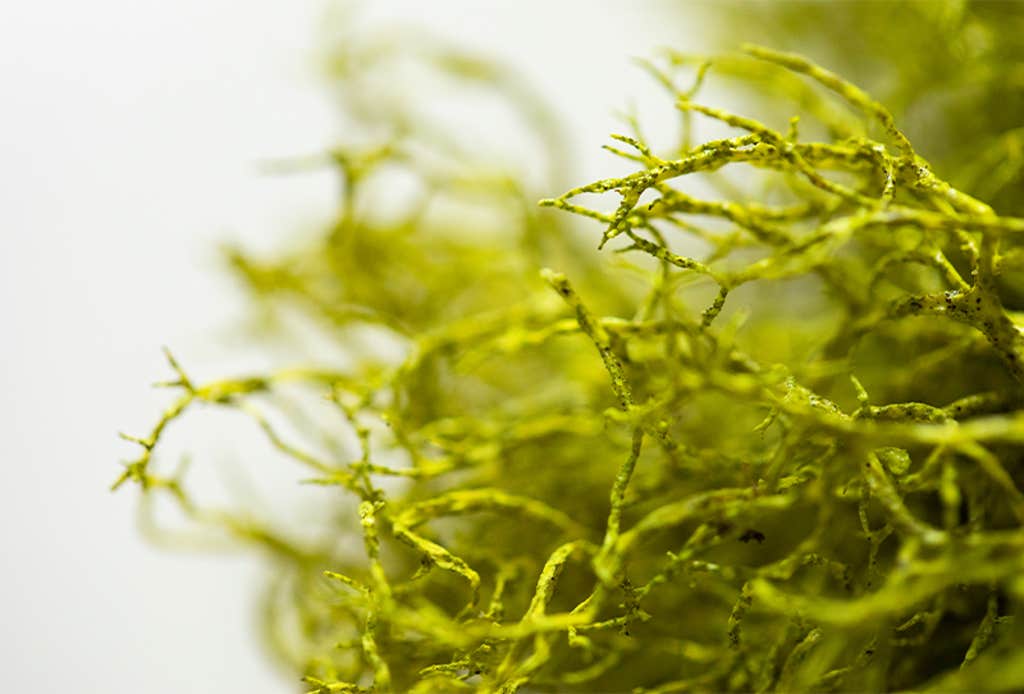A few years back, artist and self-described explorer Tyler Thrasher became obsessed with a photograph of an opalized crab claw on a leather couch. The colors so dazzled him that he wanted to begin opalizing things himself, which set him off on a self-directed expedition into the science of perception.
Thrasher began speaking with people who mine for opals and people who study photonics and learned that opals could be made synthetically—but also that those recipes are closely held secrets. So he decided to design his own. Along the way, he explored the science of everything from poisons to optical illusions to impossible colors. His new book, The Universe in 100 Colors, co-authored with his friend and designer Terry Mudge, is a vibrant exploration of what he’s learned about color and color perception. We recently spoke about his new book, his love of color, and the power of amateur science.

What made you want to create this book?
I dedicated about two years of my life to learning how to grow opals and studying opal science, photonics, light-interactive materials. And, when I grew my first opal, it was this little clear, whitish blob, and I shined a light on it, and it just lit up with all these brilliant greens and blues and flashes of orange. And I freaked out.
It was, in my book, the coolest thing I had ever made, hands down. And I took it, put it under the microscope, put the camera up to it, got to look at it up close. And I was like, “I think I’ve literally made a whole separate universe of color.” There were all these dazzling colors and flashes of light. Every time I rotated the light, the colors changed. I thought to myself, I’ve learned so much about color and light play from studying opals, I could probably write a book on it. That’s when I went to my coauthor, Terry Mudge. I was like, “Hey man, you have all these weird materials in your science shop. What if I photograph some of your weird objects and we write a whole science book about color?” And he was like, “Yeah, let’s do it.”

Do you have a favorite color?
I don’t have a definitive answer. Pinks and purples don’t really have a wavelength on the visible light spectrum. They’re sort of in between red and violet, so I’ve come to have a fun appreciation for them. Probably one of my favorite colors in the purple realm is Tyrian purple. It was a color that was reserved for Roman emperors, for royalty, and that’s because it took around 10,000 predatory sea snails to create about 1 gram of this pigment. So a lot of snails were killed to produce just a tiny amount. It was thought that fabric dyed in Tyrian purple fetched its weight in silver. But nowadays there is a lab, and scientists found a way to trick bacteria into producing the molecule that’s responsible for the color Tyrian purple. So instead of killing sea snails, they centrifuge the bacteria down into these colorful pellets.
What are colors for? Why do they exist in the first place?
When we see color, what we’re looking at are the distinct wavelengths of visible light. We have visible light that is on the electromagnetic spectrum. Visible light is this tiny little sliver that humans experience. With visible light, we have all the wavelengths that make colors from violet to everything in between to red.
When something has color, there are different sources. Certain particles are energized. For example, maybe electrons are elevated to a higher energy state. When the particles drop, that energy release is perceived as light in color. Some materials absorb different wavelengths and reflect others. If something has a blue and green iridescence, that surface is absorbing every wavelength except blues and greens. That’s bouncing back to the viewer. We perceive those wavelengths as certain colors but that information still exists, whether or not we can see it.

What can we learn about color from other creatures?
One of my favorite facts in the book is that bees see visible light, but they also see UV at the same time. If you ever get the chance, you should shine a UV light on certain flowers, like dandelions or gentiana [known for their trumpet-shaped flowers that are often shaded an intense blue]. Bees can see all these patterns on the flowers under UV light and they act like landing strips. When you look at a whole garden under UV light, you can see these flowers that have rings or stripes that almost lure the bee in and help guide them to the pollen.
One of my favorite images in the book is blacklight, a type of ultraviolet light. How do you pick an interesting blacklight image? I didn’t want to just do a picture of a blacklight flipped on. So we used a flower that was UV reactive to showcase it.
Have any colors of the past been lost?
Some colors are lost to history, like Mayan blue. It was used ritualistically. We first got glimpses of Mayan blue when we would go diving in cenotes. The bottoms of these wells were burial grounds. We would find skulls and remains that had this molecule on them, this blue. We’d find it on the walls and on altars. For the longest time we couldn’t figure out this blue. How was it made? Then a Mexican artist, who was an amateur scientist—I don’t think he had a degree to explore this—he just did it on his own, recreated Mayan blue for the culture. Recreated Mayan blue! He brought back a color.

How do you define a “citizen scientist?”
I call myself a citizen scientist because I don’t have a degree. But I don’t think that that should kick me out of the practice of science and exploration. I am engaged with my society, community, and have a scientific view of the world. I make observations and communicate to my peers. It is the same work as science except I’m not putting it in a journal necessarily. I am sharing what I find to the public.
Any amateur astrophotographer is a citizen scientist. The gardener trying to get back to planting natives, to help with soil erosion and native pollinators. Those people are citizen scientists because they’re contributing to something that will have some effect. We don’t know the effect yet, but they’re keen to learn what those results are in the hope that it benefits humanity. That’s citizen science: science that’s available to the public. ![]()
Lead image: Polygon Studios Mx / Shutterstock




























